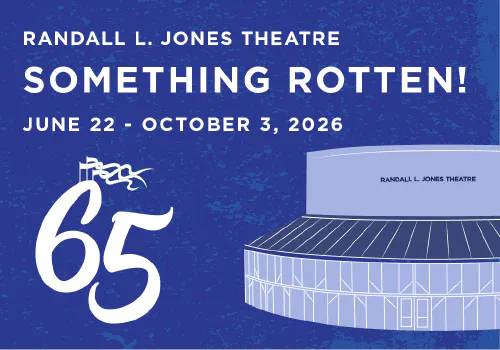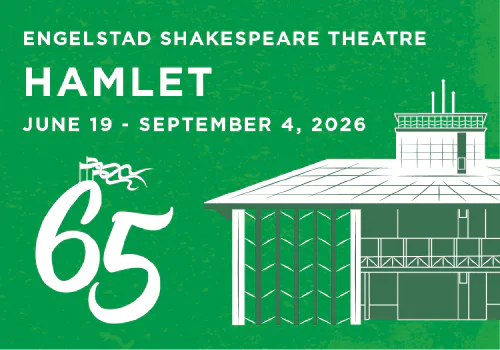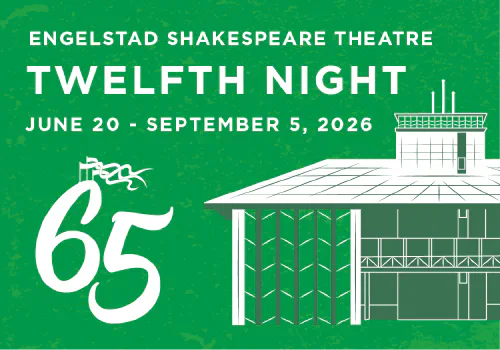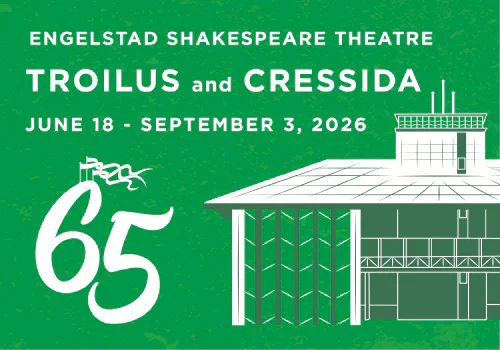OBJECTIVE
Students will learn what a prompt book and calling script are and how the Stage Manager uses them to run a performance.
UTAH CORE STANDARDS
- Theatre
Standard L3.T.CR.2: Create and implement a major design element for a mainstage production.
Standard L3.T.P.8: Explore various kinds of stage spaces, stage directions, areas of the stage and blocking techniques. - Life Skills
Responsibility, collaboration, communication, organization, resilience
INTENDED AUDIENCE
9th grade – 12th grade
TIME
60 minutes
MATERIALS
- Each student will need a printed copy of the script: How to Get to Sesame Street
- Each student will need a pencil and 2 highlighters
- Tanya J. Searle calling Henry V battle sequence (start at 22:00)
OUTLINE
Students will learn what a prompt book and calling script are and how the Stage Manager uses them to run a performance. They will create their own calling script.
-
WARMUP GAME — LATE FOR WORK (10 Minutes)
Video Example
Stage Managers oversee people. Acting in or working on a show is a commitment that everyone must buy into in order for it to be successful. This game is a fun way to poke at that dynamic by having actors come up with excuses as to why they were late.One player leaves the room for a short time. In the meantime, the audience decides on three reasons why the player was late for work. (i.e. they got a flat tire, their wife went into labor, they stopped for coffee, etc.). Everybody, the boss, the three other employees, the audience, knows the reason why- only the one who arrived late does not. Now it is the late-comer’s task to guess why they arrived late. However, the other employees like the one who is late, so they help them to guess why they were late through charades, pantomime, or any other means. They know that if the boss catches them helping they will also be fired, so they have to do it quietly and behind the boss’s back. When the player gets close to figuring out the first reason why they were late the audience will snap. They will applaud when it is guessed correctly. The player then tries to guess the second reason while the boss continues to interrogate.
-
LESSON (10 minutes)
During tech week and performances the show is turned over to the Stage Manager. It is their job to put the show together and keep it running smoothly night after night. The primary tool that is used to do this is the “prompt book.”A prompt book is all the information for the show including actors’ contact information, reports, props tracking, and the “calling script.”
A calling script is a copy of the script that the stage manager has marked light and sound cues in. There may also be spotlight cues, set change cues, special effects cues, and anything else that is necessary for the show to run night after night and looking the same as it did at its opening performance.
The Stage Manager uses this information to “call” or run the show. Many things are happening simultaneously during a performance and having it written down is helpful to keep track of it.
Tanya Searle is the Production Stage Manager for the Utah Shakespeare Festival. The following clip is of her calling a production of Henry V. You will be able to see the action and the calling script side by side while you hear her run the show.
Tanya Searle calling Henry V battle sequence (start at 22:00)
-
ACTIVITY (40 minutes)
Students will create their own calling scripts with cues for lights and sounds as well as actor entrances/exits and props tracking.-
Each student needs a physical copy of “How to Get to Sesame Street.”
-
Assign students to read parts and read through the show once without doing anything else.
-
After the read-through have students go back through the script and mark the script with a pencil as follows:
-
Underline every prop that appears in the show.
-
Circle every light or sound cue
-
Draw an arrow from every indication of an entrance or exit and write the name of who is doing so at the other end of the arrow. (Alternatively, you could have students read the script out loud again and have students mark as they read.)
-
Finally go through and assign a number to each sound and light cue. For example: the first light cue will be called “light cue 1” and will be marked in the script as “LQ1.”
-
Highlight each “LQ_” and “SQ_” with a unique color so it is easy to identify.
-
-
-
ENRICHMENT
Tanya Searle’s complete Stage Management video (65 minutes)Stage Manager Calls “cues” for “HAIRSPRAY” (7 minutes)
Role of the Production Manager (8 minutes)
ASSESSMENT
Students will create a calling script demonstrating that they are able to identify and organize the information in a play script to use in calling a show’s cues.










